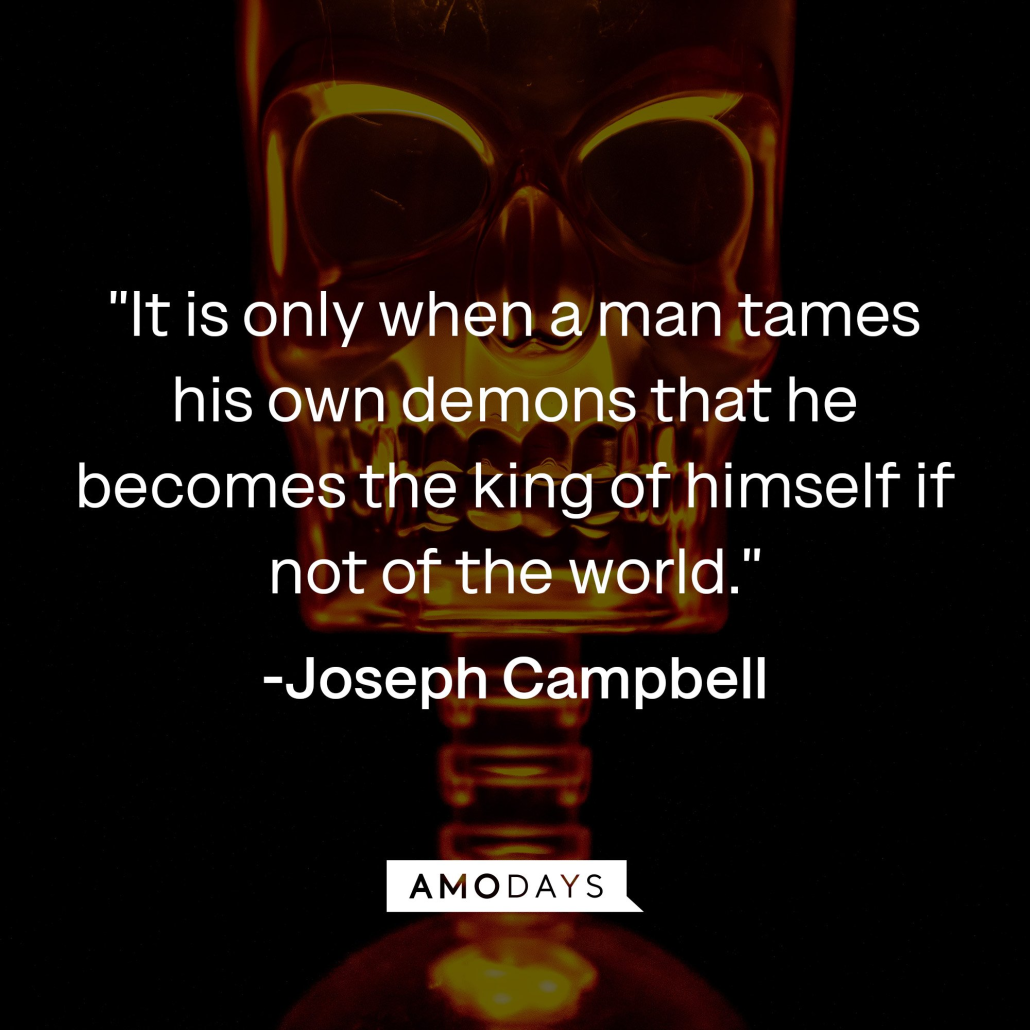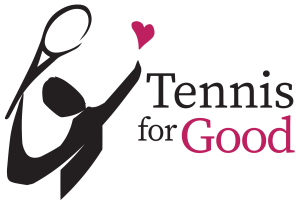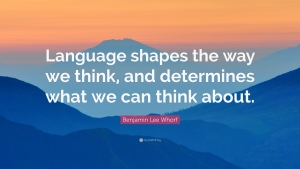 Our capacity to absorb language is little short of miraculous. It’s an ability that’s not unique to our species — the Google tells me that a chimp named Panzee has acquired 125 words, and that ‘super dogs’ can learn up to 250. We humans are levels above that, though, not only in the quantity of words we acquire, but also in the quality — our word-brains can do nuance. We know the difference, for instance between ‘love’ and ‘like,’ between ‘sucks’ (as in ‘bad’) and ‘sucks’ (as in a physical activity), and even between ‘cleave’ (as in ‘cling’) and ‘cleave’ (as in ‘separate’).
Our capacity to absorb language is little short of miraculous. It’s an ability that’s not unique to our species — the Google tells me that a chimp named Panzee has acquired 125 words, and that ‘super dogs’ can learn up to 250. We humans are levels above that, though, not only in the quantity of words we acquire, but also in the quality — our word-brains can do nuance. We know the difference, for instance between ‘love’ and ‘like,’ between ‘sucks’ (as in ‘bad’) and ‘sucks’ (as in a physical activity), and even between ‘cleave’ (as in ‘cling’) and ‘cleave’ (as in ‘separate’).
How do we absorb all these subtleties? I’m neither a linguist nor a neuroscientist, so the best I can come up with is — we absorb them from the ether. Words are adrift in the cultural air like pollen on a high-allergen day.
Most if not all our words come packaged with a conventional meaning along with subsidiary significations. “Back seat of the Chevy” brings up for me an image of a 60s car against a backsplash of teen romance, courtesy of Bob Seger, any number of movies, and my own occasional coming-of-age experience.
We tend not to question words’ standard meaning — we seem to be wired for conventionality as well as for language-learning. This is not always a good thing:
- Taking words for granted can make them less alive, less evocative. This is what makes etymology so fascinating — it makes words flower. Did you know that ‘ecstasy’ is derived from the Greek ekstasis, ‘standing outside oneself,’ or that the ‘mare’ in nightmare comest from Germanic folklore, in which a “mare” is an evil female spirit or goblin that sits upon a sleeper’s chest, giving them bad dreams?
- Conventional meanings can be cruel. ‘Slut’ is one example — the N-word is another. Thus we see serial ‘word rebellions’ in which a word is is reclaimed, redefined, and turned into a point of pride. This has happened with both the N-word and ‘slut.’
On the tennis court, too, we can get trapped inside words’ conventional meaning. Take the word slice, for example. In the context of tennis, we typically think of it as a noun or adjective. I ‘hit a slice’ or I ‘hit a slice backhand.’
Well, it dawned on me with a sort of ‘aha!’ the other day that ‘slice’ is also a verb. If you’re in a knife fight, that’s what you do — you slice.
I’m delighted to report that this revelation has transformed how I hit my slice backhand. Previously, when the ball came to that side, I ‘noun-ed’ my response. I’d decide to go with that shot (“come under the ball!”) and I’d execute accordingly. As soon as I started ‘verb-ing’ the word, the shot became more forceful, more aggressive. It became not a mechanical action so much as a weapon. Live by the slice, die by the slice …
And then there are the words ‘win’ and ‘lose.’ We all know the standard signification: You ‘win’ or ‘lose’ a tennis match. But that definition can mislead. In the quarter-finals of the 2022 French Open, Felix Auger-Aliassime lost in five sets to Rafa Nadal, the greatest clay court player of all time. By the conventional definition, he lost, but he walked off the court convinced for the first time that he could compete with the very best. So it was also a victory.
An example from my own life: At the grass nationals in 2021, I played Gary Jenkins, then the top-ranked 70+ player in the country. During the entire season until then, I don’t believe he’d lost more than two games in any single set. I defaulted at 1-5 in the first set because my hip had blown up, but we’d played mostly even until my hip started hollering. When the match was over, I’m pretty sure I overheard Gary say to a friend, “I played someone named Carl Frankel. He could beat me.”
Did I win or lose? You be the judge.
Turning words around and around, admiring them like the gems they are, is, for me, a personal-growth strategy — and a tennis-improvement strategy, too!
In fact, it’s a basic life hack.
Do you take conventional meanings for granted? Do you examine them, redefine them, refashion them to suit your purpose?
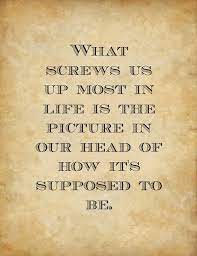 I’ve always resented challenging weather conditions. The wind disrupts my rhythm, the sun messes with my serve, the high sky downgrades my overhead to a sometimes thing. I prefer to play indoors. It makes the game simpler and more straightforward — the elements don’t mess with my timing.
I’ve always resented challenging weather conditions. The wind disrupts my rhythm, the sun messes with my serve, the high sky downgrades my overhead to a sometimes thing. I prefer to play indoors. It makes the game simpler and more straightforward — the elements don’t mess with my timing.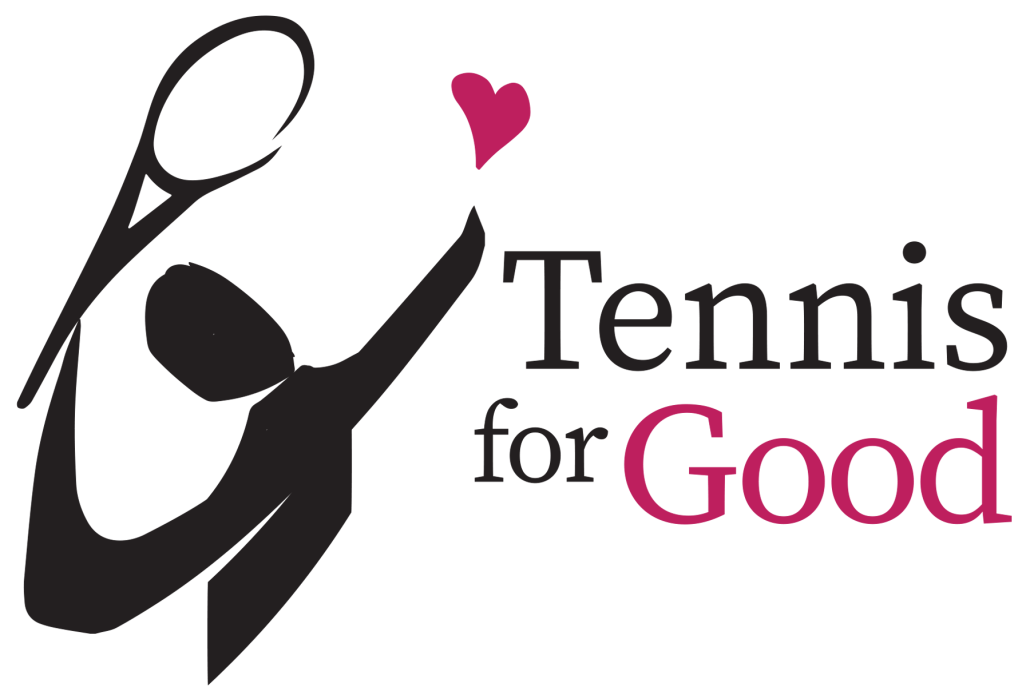
 Our capacity to absorb language is little short of miraculous. It’s an ability that’s not unique to our species — the Google tells me that a chimp named Panzee has acquired 125 words, and that ‘super dogs’ can learn up to 250. We humans are levels above that, though, not only in the quantity of words we acquire, but also in the quality — our word-brains can do nuance. We know the difference, for instance between ‘love’ and ‘like,’ between ‘sucks’ (as in ‘bad’) and ‘sucks’ (as in a physical activity), and even between ‘cleave’ (as in ‘cling’) and ‘cleave’ (as in ‘separate’).
Our capacity to absorb language is little short of miraculous. It’s an ability that’s not unique to our species — the Google tells me that a chimp named Panzee has acquired 125 words, and that ‘super dogs’ can learn up to 250. We humans are levels above that, though, not only in the quantity of words we acquire, but also in the quality — our word-brains can do nuance. We know the difference, for instance between ‘love’ and ‘like,’ between ‘sucks’ (as in ‘bad’) and ‘sucks’ (as in a physical activity), and even between ‘cleave’ (as in ‘cling’) and ‘cleave’ (as in ‘separate’).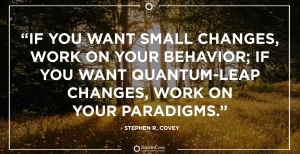 The orthodox approach to teaching tennis is antiquated and unsophisticated — it’s as if the entire industry got caught inside a circa-1955 time bubble.
The orthodox approach to teaching tennis is antiquated and unsophisticated — it’s as if the entire industry got caught inside a circa-1955 time bubble.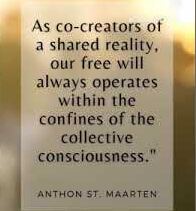 Earlier this year, I had the good fortune to hit for an hour with my friend John Tashiro. We’d met during our travels on the senior tennis circuit and gotten along well enough for him to give me a blurb for my book Tennis as a Wisdom Practice. John has had serious tennis training and it shows. His strokes are flawless, and his footspeed is impressive for a man his age. He’s ranked in the top ten nationally in the 50s.
Earlier this year, I had the good fortune to hit for an hour with my friend John Tashiro. We’d met during our travels on the senior tennis circuit and gotten along well enough for him to give me a blurb for my book Tennis as a Wisdom Practice. John has had serious tennis training and it shows. His strokes are flawless, and his footspeed is impressive for a man his age. He’s ranked in the top ten nationally in the 50s.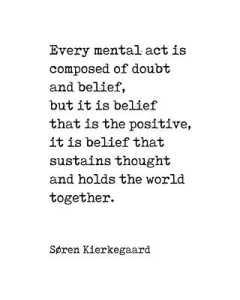 Tennis is a game of virtuous and vicious circles. I hit a great forehand and that emboldens me to hit another great one. I miss badly, that renders me insecure, and so I execute my next shot tentatively and screw up even worse.
Tennis is a game of virtuous and vicious circles. I hit a great forehand and that emboldens me to hit another great one. I miss badly, that renders me insecure, and so I execute my next shot tentatively and screw up even worse.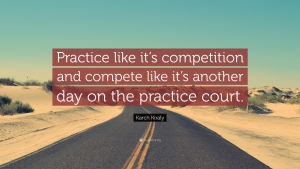 In tennis, ‘transition game’ usually means shots from midcourt where you turn defense or neutrality into offense. You get a short ball and switch to the attack.
In tennis, ‘transition game’ usually means shots from midcourt where you turn defense or neutrality into offense. You get a short ball and switch to the attack.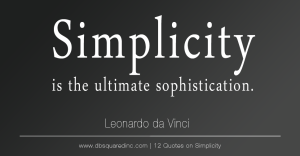 You probably know the expression, ‘Less is more.’ It applies to tennis and much more. Today I asked myself: In what ways is this true for tennis? Because we can probably agree that the game is like the proverbial onion that you can keep peeling, layer after layer. Beneath all that, though, it ultimately reduces to ‘less is more:’
You probably know the expression, ‘Less is more.’ It applies to tennis and much more. Today I asked myself: In what ways is this true for tennis? Because we can probably agree that the game is like the proverbial onion that you can keep peeling, layer after layer. Beneath all that, though, it ultimately reduces to ‘less is more:’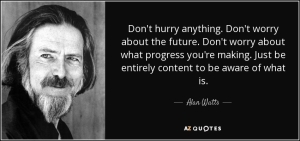 Although I’ve taken a break from focusing on tournaments, I continue to work hard at improving my technique. Yesterday I identified a sort of trick — not quite the right word, more like a piece of mental sleight-of-hand — that helped immediately.
Although I’ve taken a break from focusing on tournaments, I continue to work hard at improving my technique. Yesterday I identified a sort of trick — not quite the right word, more like a piece of mental sleight-of-hand — that helped immediately.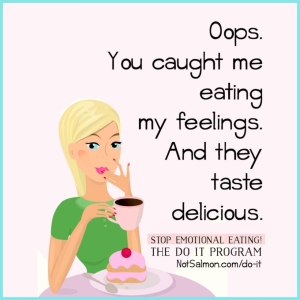 After I lost my quarter-final match at the New England Slam a couple of weeks ago, I headed off to a nearby cafe and treated myself to a modest repast of two pecan squares, a piece of raspberry-crumble coffee cake, and an iced latte with no restrictions on the sugar other than its being Sugar in the Raw, a bow to virtue that was basically my little bargain with the god of diabetes.
After I lost my quarter-final match at the New England Slam a couple of weeks ago, I headed off to a nearby cafe and treated myself to a modest repast of two pecan squares, a piece of raspberry-crumble coffee cake, and an iced latte with no restrictions on the sugar other than its being Sugar in the Raw, a bow to virtue that was basically my little bargain with the god of diabetes.